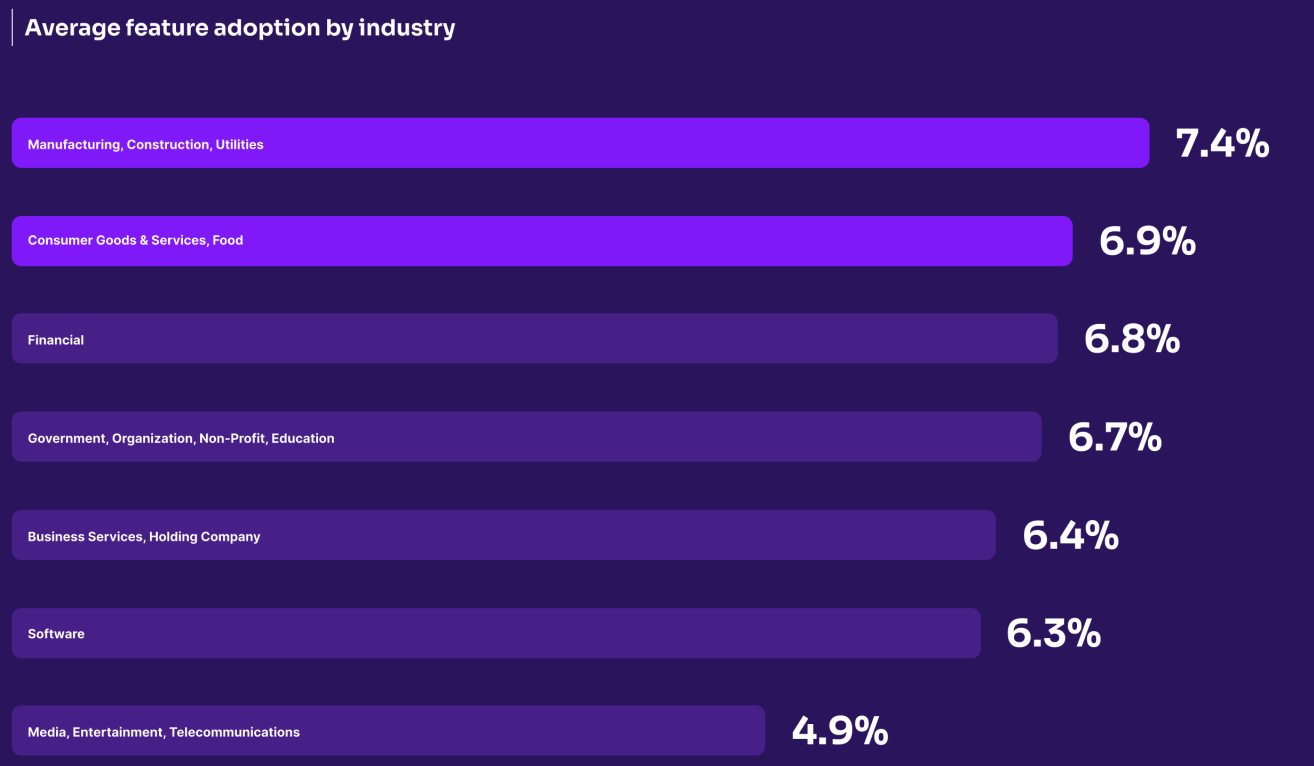With the rapid advancement of technology, businesses are increasingly recognizing the potential of data. From solopreneurs to corporate giants, organizations have come to rely on data to inform their next strategic move. When harnessed effectively, data enables companies to gain deep insights into consumer preferences and ultimately shape their brand strategy.
Given the immense value of data, doesn’t it deserve the same care and attention as any other product a company offers? This is where treating data as a product provides a solution. Traditionally, when we think of a “product,” we envision a well-packaged, continuously refined entity designed to meet the evolving needs of its end-users. Embracing the idea of data as a product means affording it the same level of attention and care, recognizing it as a valuable asset that can be enhanced and optimized to drive business success.
It consists of applying product thinking to data assets — datasets, dashboards, and Machine Learning models – and ensuring they are discoverable, secure, addressable, understandable, and trustworthy.
Origin of data as a product
Data as a product became popular after the data mesh introductory article by Zhamak Dehghani was published. One of the data mesh paradigm principles is to consider data as a product. The definition of data as a product coined by Zhamak Dehghani: “Domain data teams must apply product thinking […] to the datasets that they provide; considering their data assets as their products and the rest of the organization’s data scientists, ML and data engineers as their customers.”
This should clarify the concept of data as a product. Now let’s move to its advantages.
Some of the advantages of treating data as a product include:
- Reduced GTM (go-to-market) time: According to Harvard Business Review, companies that treat data like a product can reduce the time it takes to implement it in new use cases by as much as 90%. They can quickly respond to market changes, innovate faster, and meet customer demands.
- Increase data reusability: By treating your data as a product, you establish a robust foundation of fundamental datasets that serve the entire organization. These core datasets can be reused multiple times for ad hoc aggregations by different teams.
- Autonomy for decision makers: Treating data as a product compels you to develop self-service analytics solutions, enabling your business stakeholders to access and extract data independently. This marks the initial stride for organizations in their journey toward becoming data-driven.
- Increased scope for analytics teams: When treating data as a product, the analytics team can also develop product thinking and design, as they will be developing products that are not just limited to spreadsheets or PowerPoint but are beyond it.
- Enhanced data accessibility: Data is indispensable for managers and senior leadership. Ensuring seamless access to this product is crucial, mainly when these individuals rely on it. When creating these products, it’s essential to guarantee that all your business stakeholders and senior leadership have access, empowering and motivating them.
As I mentioned in the introduction, treating data as a product means applying product thinking to your existing datasets. Here is what it looks like in real life:
1. Understand the scope and your data
Chances are, you’ve been creating customized spreadsheets or PowerPoint presentations for your business partners. On closer inspection, you may identify recurring elements that can be transformed into a product. Recognizing all your business stakeholders allows you to develop more standardized solutions and introduce customizations tailored to each team’s unique requirements.
2. Apply design thinking
Once you’ve determined the scope, engaging with the respective business partners and understanding their pain points with the existing data is essential. For instance, some teams frequently request aggregated data weekly or monthly to reduce manual work. Creating data as a product provides an ideal solution. You can reduce reliance on data analysts by delivering self-service tools for these recurring reports. Based on the requirements gathered from stakeholders, you can brainstorm ideas and build a prototype to showcase to the business partners.
3. Perform product engineering
When developing data as a product, it’s crucial to ensure it is securely stored, with personally identifiable information (PII) appropriately masked. A user-centric search interface is vital, simplifying data access for your business partners.While spreadsheets and PowerPoint presentations fulfill their intended purposes, incorporating features like drag-and-drop functionality can revolutionize data consumption. An appealing user interface (UI) will also make data more accessible to non-technical users, enhancing the overall user experience.
Though there is no one-size-fits-all, there are some best practices to ensure that you are successful on the journey to create data as a product.
- Mind the quality: Data quality is essential for its value. Accurate, complete, and reliable data ensure that the insights derived from it are trustworthy and actionable. The first step is to prioritize data quality through data cleansing, validation, and implementing robust data governance practices.
- Data privacy and security: Protecting data privacy and ensuring security are critical factors in leveraging data effectively. Organizations must establish robust data protection measures, comply with relevant regulations, and prioritize data privacy and security.
- Streamline the data storage systems: Data is usually fragmented, especially in large organizations. It is essential to streamline the data in one storage system so that it is easily accessible.
- Build hybrid teams: The development of data products mandates the collaboration of data analysts, product/program managers, and data scientists. It’s essential to assemble diverse teams with various skills to promote mutual learning and expand their collective expertise.
In conclusion, demystifying data as a product is not just a modern trend; it’s a transformative journey that organizations must embark upon to thrive in today’s data-driven landscape. By adopting this approach, you’re not merely managing data; you’re sculpting it into a valuable asset that fuels innovation, enhances decision-making, and drives business success.
As we’ve explored, the key elements of this transformation involve recognizing the audience, identifying needs, improving accessibility, and refining the user experience. It’s a holistic approach that benefits your data team and empowers every stakeholder.
So, as you take these insights into your organization, remember that data as a product is more than just a concept; it’s a powerful strategy that will set you on a path to harness the true potential of your data. It’s a journey of empowerment, growth, and a future where data becomes the cornerstone of your success. Start demystifying data as a product today and unlock a world of possibilities for your organization.







